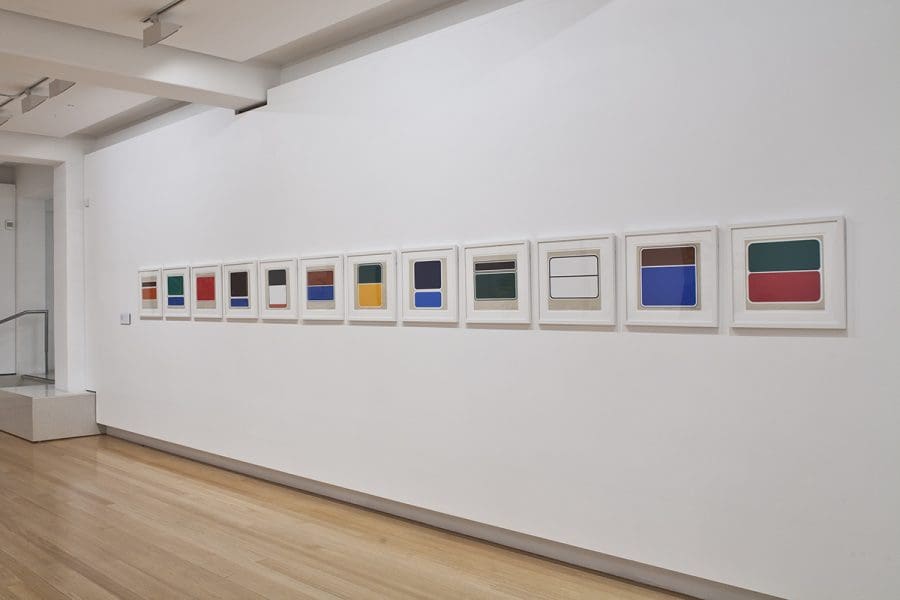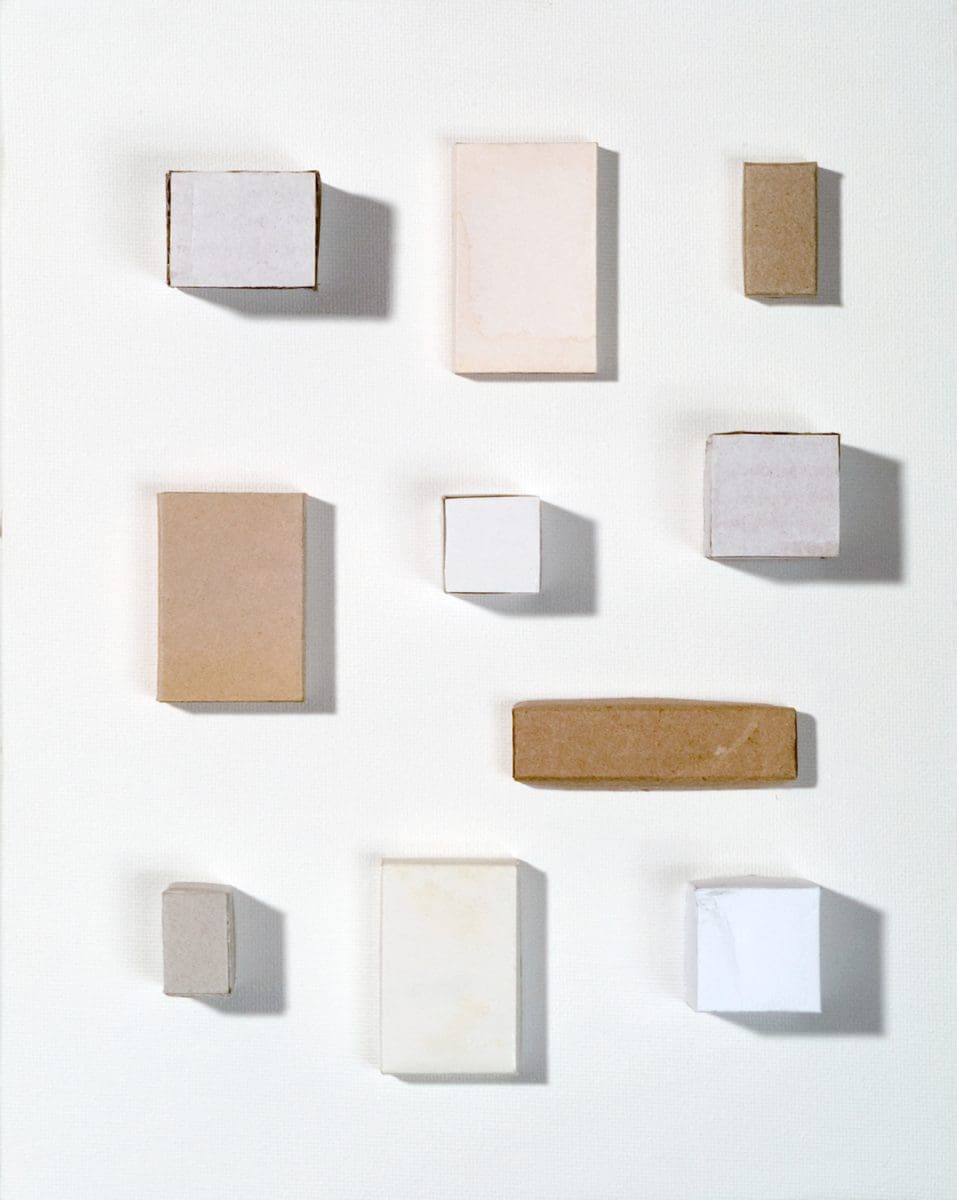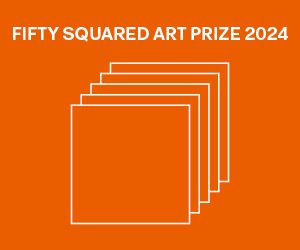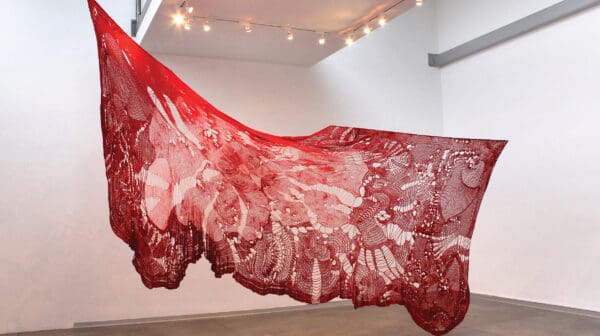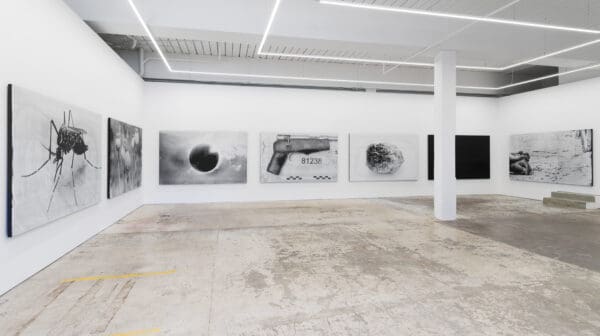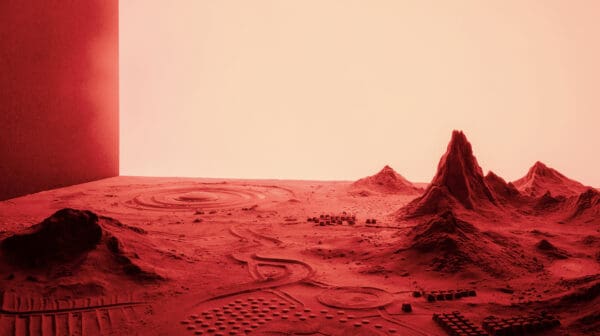
It is unexpected and oddly refreshing to see Andy Warhol in a regional Australian art gallery
Until 2026, Wanneroo Regional Art Gallery will be showing 53 original artworks by one of the most famous artists of the 20th century: Andy Warhol. Andy Warhol ICONS includes famous works such as Elvis (1963), Campbell’s Soup Cans (1968) and Marilyn (1967).


